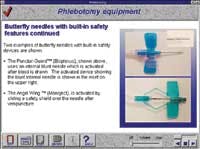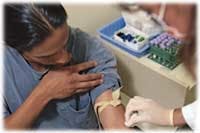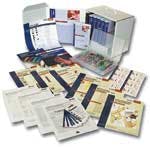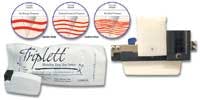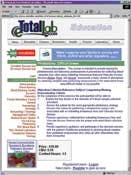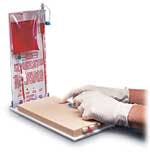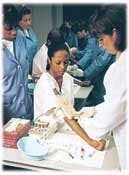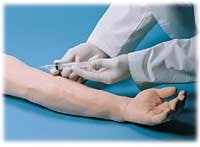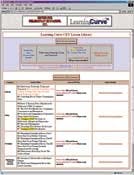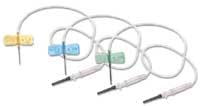Phlebotomy has evolved into a profession that
requires specialized education and training. Apart from having to master
the many required techniques and skills associated with blood drawing
and sundry sample collection, phlebotomists also need to ensure
compliance with safety and prevention regulations, as well as to develop
keen judgment, good attitude, and highly effective communication skills
to successfully interact with patients. They are, after all, the vital
link between the patient and the lab, and are responsible for the
collection of quality specimens by the safest means possible, that
ultimately impact on the final outcome of test results.
Train and re-train
Mission Critical Phlebotomy
MediaLab Inc.
Workplace CEU credits
In-house Phlebotomy Course
Critical Concepts Medical Education
Learn routine to difficult draws
Blood Collection Education Program
BD Education Center
Reproducible bleeding time
Tip Tripper
Helena Laboratories
Online coursework
Phlebotomy: Difficult Draws
ClinServices
Lifelike models assist
Advanced Venipuncture Training Aid
Vata Inc.
Economical hands-on aid
Venatech IV Trainer
MarketLab Inc.
Phlebotomy training arm
Life/form Advanced Injection Arm
Simulaids Inc.
Online CEU program
The Learning Curve
Center for Phlebotomy Education Inc.
Needlestick-risk minimization
Vaku-8 Plus
Myco Medical
February 2004: Vol. 36, No. 2

